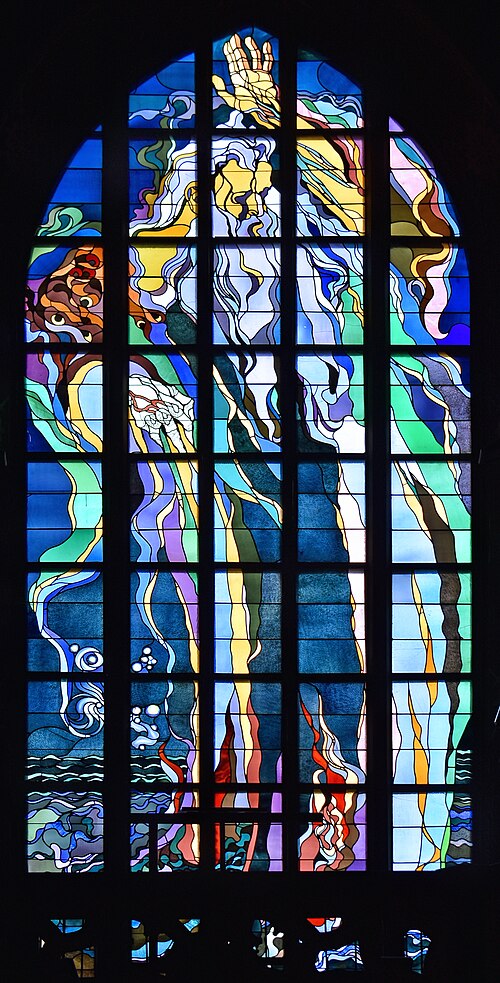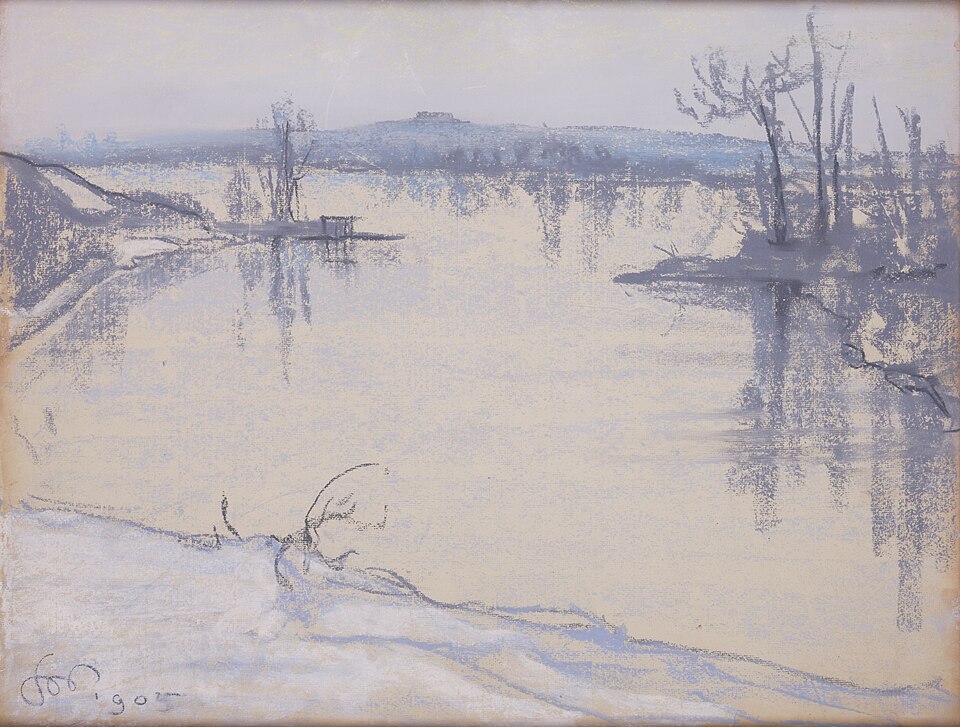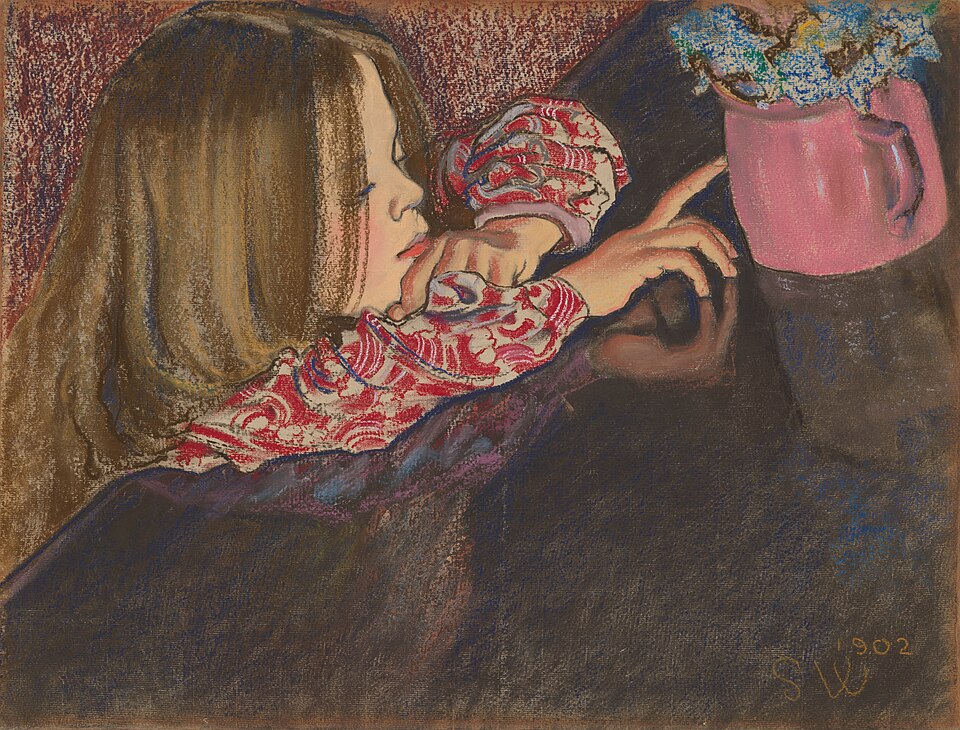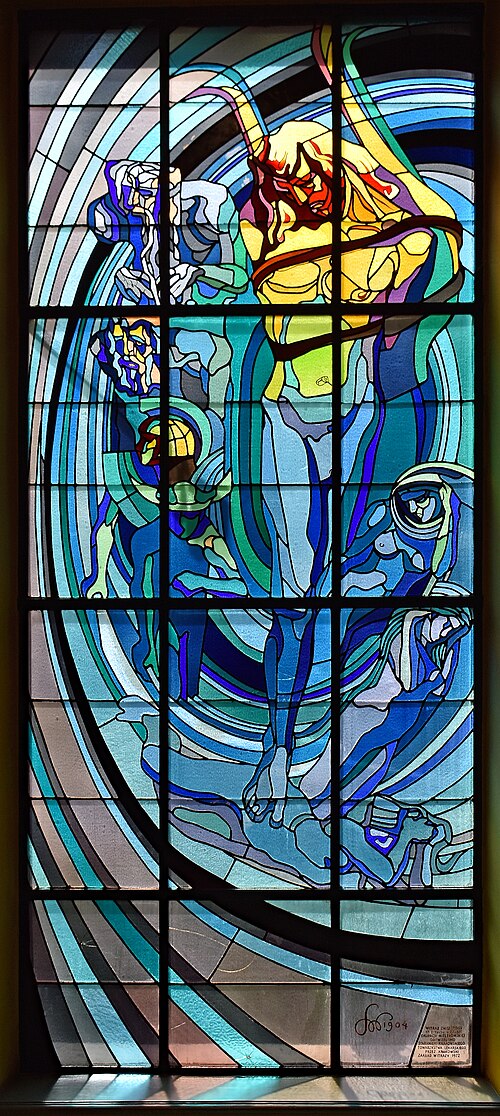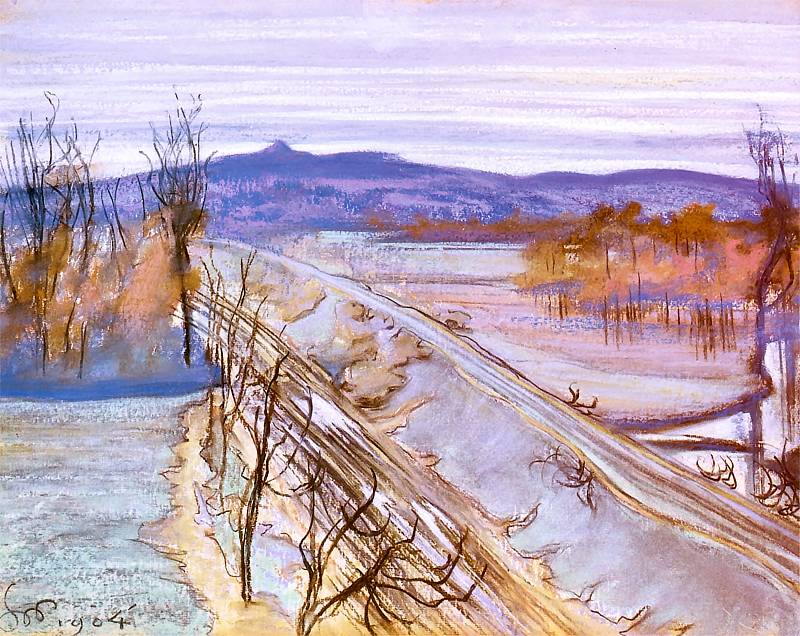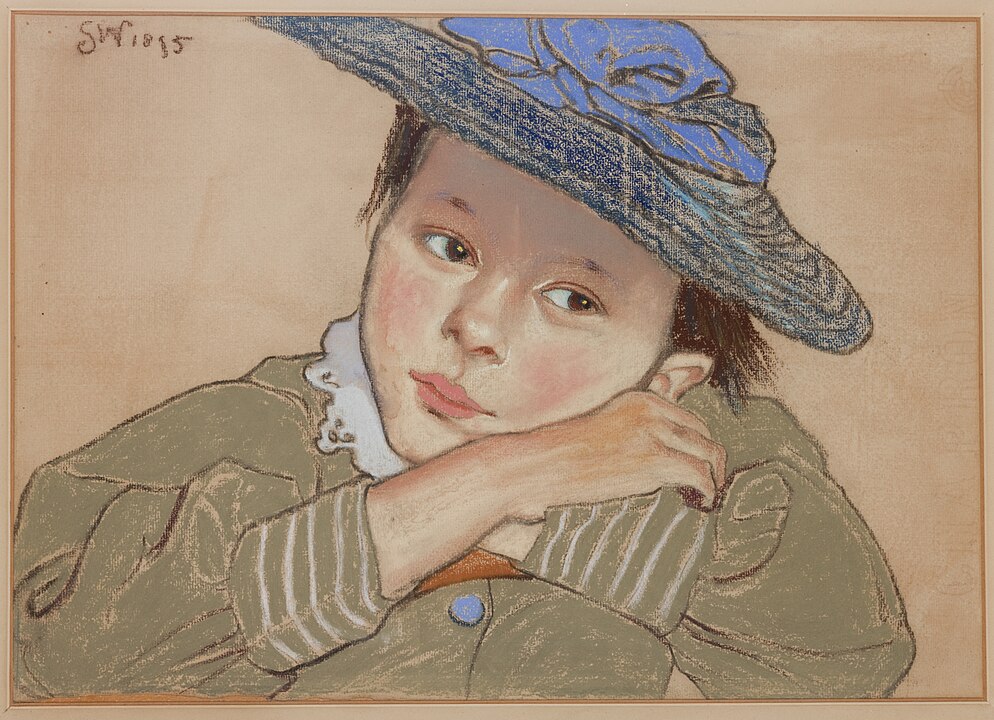RenaissAnce in 19th century
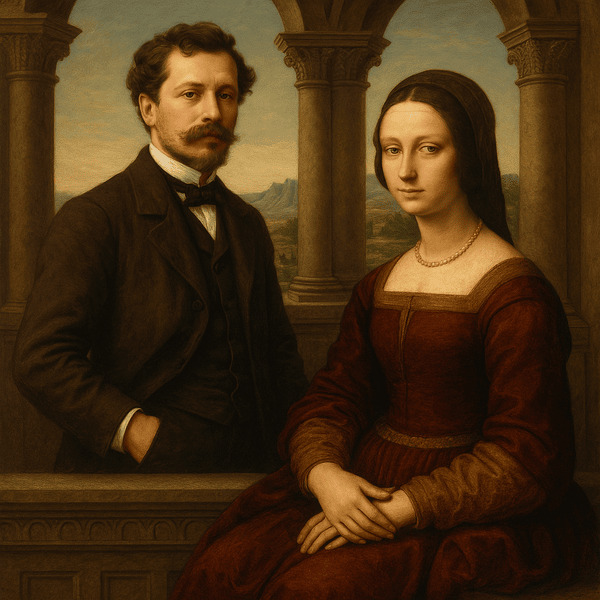
The 19th century, full of contrasts like Romanticism and Realism, brought a revival of Renaissance values. Romanticism focused on emotions, while Realism turned to science, progress, and real life. This return to reason and human potential echoed Renaissance ideals.
The Renaissance spirit inspired creativity and action then—and still does today.
Stanisław Wyspiański - the versatile man
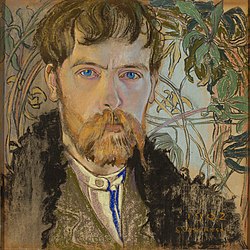
Stanisław was born in 1869 in Cracow. He was a Polish playwright, painter, poet, and interior and furniture designer. Wyspiański combined modernism with traditional Polish folk and Romantic themes. He is mostly known for drama Wesele (The Wedding). Even before his death in 1907, he was called the greatest artist of Young Poland movement and the “Polish Michelangelo”
early life
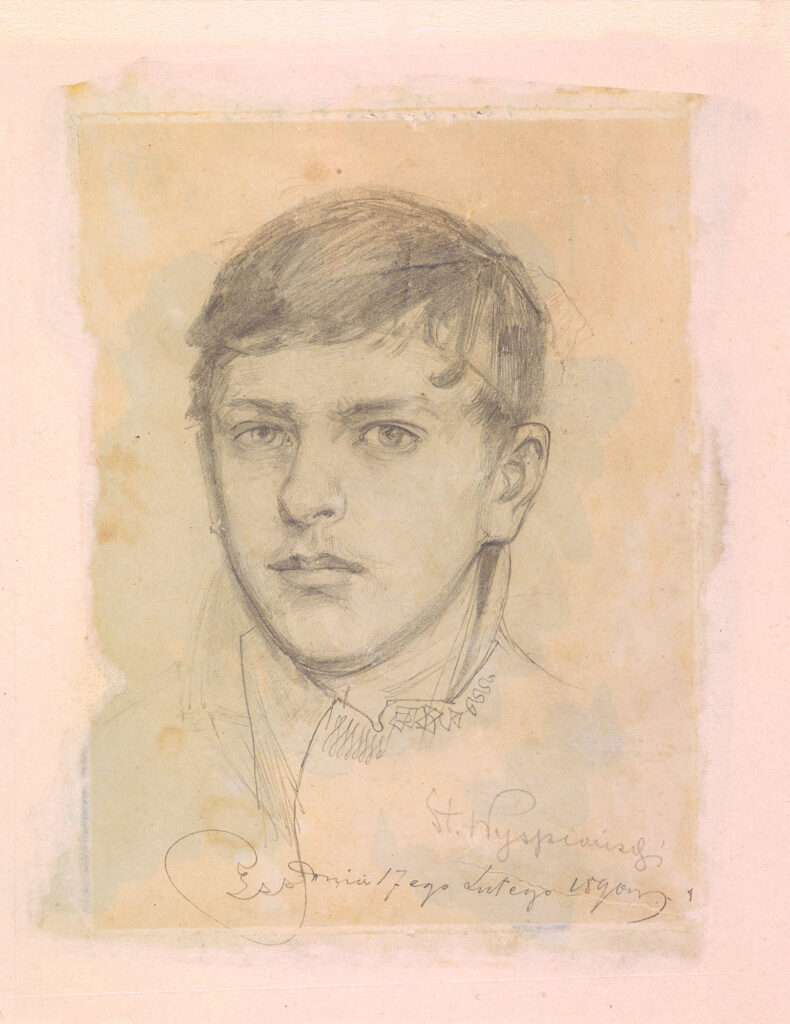
By the age of seven, Stanisław Wyspiański had already lost his younger brother, his father and his mother. After the death of his closest family, his aunt Joanna took care of little Stanisław. At the age of 12, he began reading works of Shakespeare, which served as inspiration for his later theatrical work.
He attended St. Anne’s Secondary School in Cracow, which, despite being under Austrian rule, emphasised Polish history and literature. He studied philosophy at the Jagiellonian University and painting at the School of Fine Arts.
He often visited the church in Żabin, where there were stained-glass windows of his design.
Wyspiański in Europe
Another crucial element of being the man of renaissnace is travelling, especially travelling abroad. In 1890 Stanisław Wyspiański made an European journey through Italy, Sweden and France, where he was learning about art of the Middle Ages, and then through Germany and Prague. What is more, in 1891 he went to Paris and he was studying at the Academie Colarossi, a private art school.
These journeys influenced him a lot. He gained a different visionary view on art, that had never been seen in Poland.
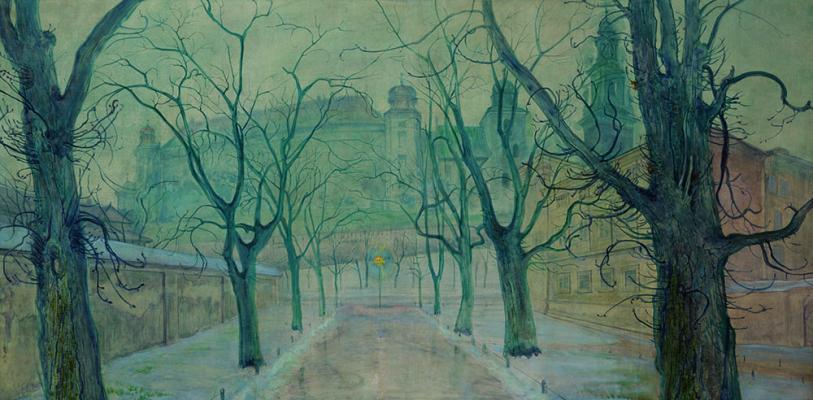
the man of art
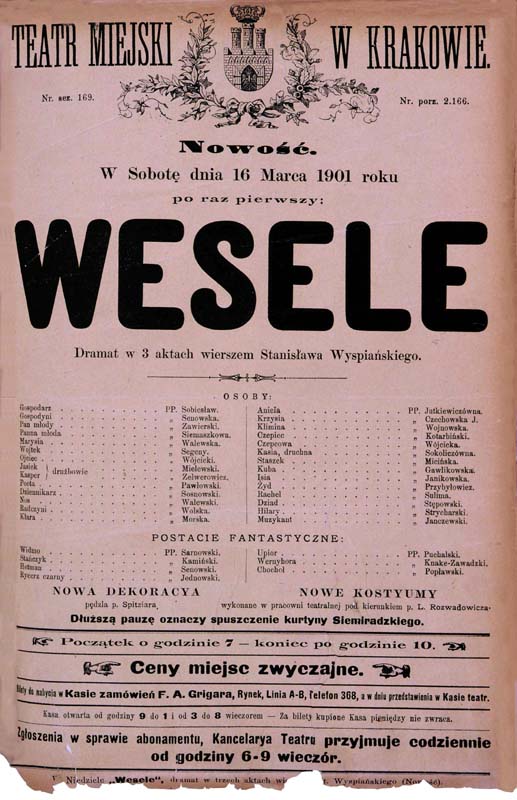
Wyspiański’s artistic output is very wide-ranging and includes works of various types: paintings (drawings, oil paintings, pastels) depicting views of Cracow, portraits and self-portraits, plants, designs for stained-glass windows and paintings, illustrations; designs for furniture and interiors; an architectural design for the Wawel Castle; dramas, poems. In his work, he tried to combine many fields of art into one.
He mainly painted portraits of people who were important to him (family, friends). He wrote dramas on the subject of national liberation, he combined history with current social problems.
monumental theatre
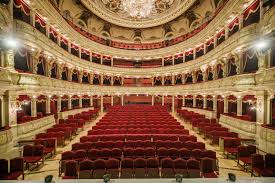
Wyspiański had a unique vision of what theatre should be like. Although he referred to ancient theatre, he did not copy it but created his own vision of experiencing catharsis. He called his theatre monumental, and it is not just the size of the hall. Wyspiański breaks with the rule of three classical unities, he wants a theatre without limits, where perspectives and plots are mixed. As a master of many disciplines, he wanted to bring his interests to the stage. The director, scriptwriter and set designer should be one multi-talented person – Wyspiański was that person.
He had a vision of theatre combined with music, painting, light, colour and the plot that is enigmatic and full of contrast. It is not just a play – it’s a masterpiece.
Marianna of Orange - woman beyond her era
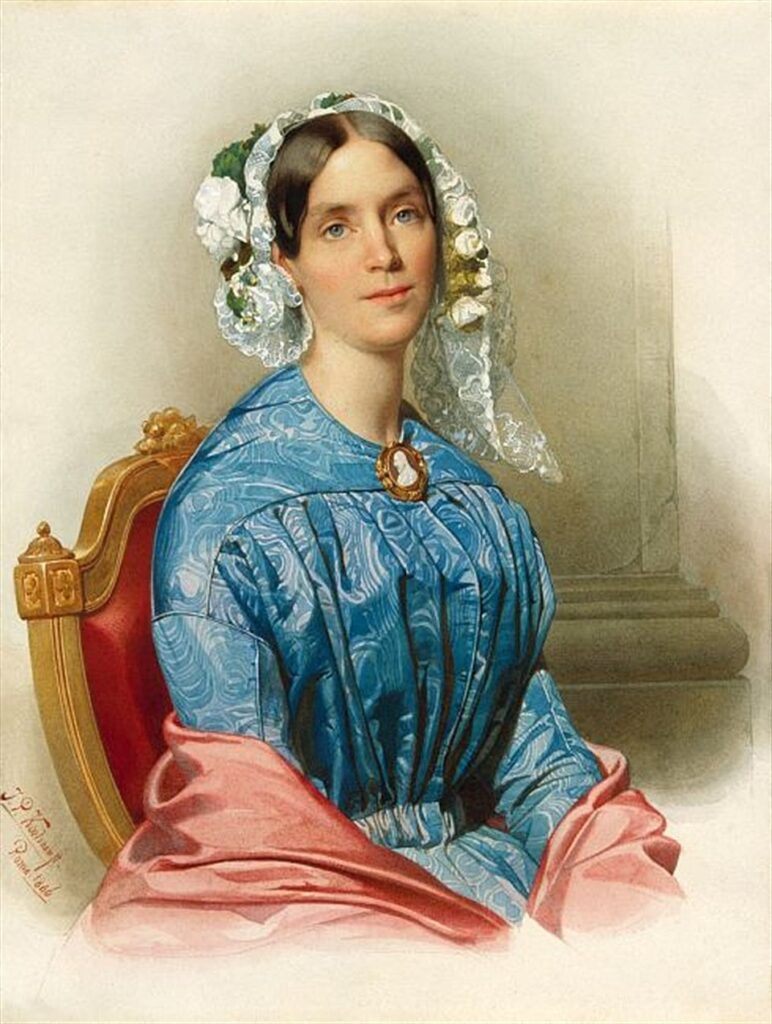
Marianna of Orange was born on 9 or 24 May 1810 in Germany. She was the youngest daughter of King William I of the Netherlands and his first wife Frederica Luisa of Prussia. She was a Dutch Princess who owned properties in Lower Silesia. She was married to her close relative Albrecht of Prussia, with whom she divorced subsequently because of his betrayls. Marianna mostly lived in Germany and Silesia where she independently settled down, because she couldn’t stay in Prussia. Soon after the divorce, King Frederick William IV banned her from staying on the territory of Prussia for more than one day, and also obliged her to report to the police upon each entry and exit.
Marianna died on 29 May 1883 in Reinhartshausen. To commemorate her, a lot of monuments and buildings were erected.
HER ROLE IN THE 19th CENTURY
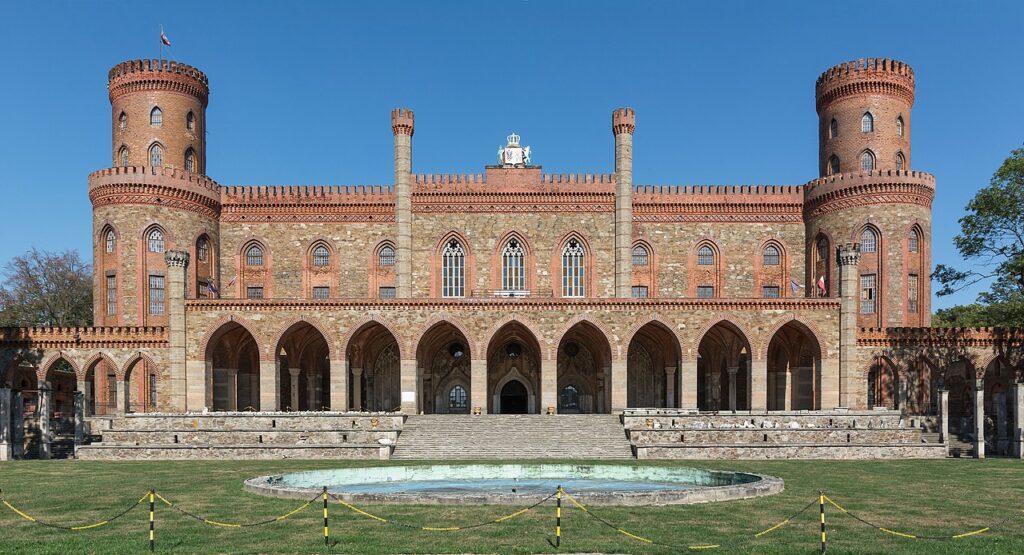
politics: influence on local decisions about Silesia’s improvement
economy: created many workplaces, developed agriculture and industry.
culture: promoted European culture in Silesia, sponsored schools and supported citizens’ education
art: collected works of art and took care of interior designs, worked with many artists and architects
investments: built streets, water- works, hospitals and many more
architecture: designed palace in Kamieniec Ząbkowicki
Marianna of Orange played a huge role in breaking the ice in the 19th century. She was an outstanding person who broke the stereotype about women. She was able to live on her own, which was untypical for her Times. People called her a “Good Lady”, because Marianna was also known for her philanthropy.
Summary
The 19th century, despite its diversity, it is related to many renaissance values such as human development, reasoning and art. Undeniably, Stanislaw Wyspiański was an artist of eclectic abilities, including painting, literature and theatre Wyspiański’s legacy has been built on European travels, his passion on history and national culture. Marianna of Orange was a woman who stood out of her age. She was active in politics, culture and economy. Both of them combined knowledge, creativity and social commitment which perfectly fits renaissance portrait of human. Their lives and dedication proved that the renaissance mentality also lasted in the 19th century.
